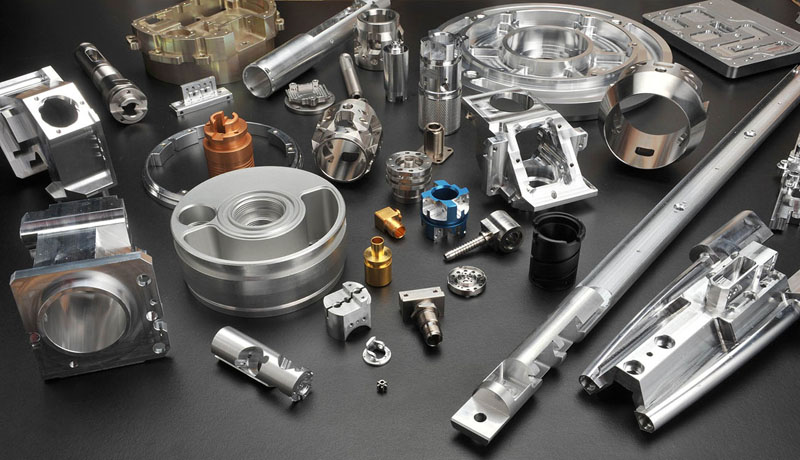Stainless steel parts, as an indispensable part of modern engineering manufacturing, are widely used in various fields such as mechanical manufacturing, automobiles, architecture, electronics, etc. It is necessary for us to classify and standardize the production of stainless steel parts based on multiple factors such as their function and purpose, material, precision requirements, and production process, in order to better understand the diversity and complexity of this field.
1. Classification Of Functions And Purposes:
According to the function and purpose of stainless steel parts in the entire system or mechanical device, we can classify them into the following categories:
Structural parts:
These types of parts are typically used to support the stability of the entire structure or mechanical system, such as bridge support structures, building frames, etc.
Mechanical parts:
Mechanical parts are used to transmit motion and force, including gears, bearings, screws, etc., and are widely used in fields such as engineering machinery and automotive manufacturing.
Pipes and fittings:
Stainless steel pipes and fittings are used for conveying liquids or gases, mainly in fields such as petrochemical and food processing.
Electronic parts:
These parts include shells, brackets, connectors, etc. in electronic equipment, used for circuit board assembly and electronic equipment manufacturing.
Decorative parts:
Decorative stainless steel parts are usually used to enhance the appearance of products, such as stainless steel handrails, decorative panels, etc.

2. Material Classification:
There are many types of stainless steel materials, each with different characteristics and applicable fields. Common stainless steel materials include:
Austenitic stainless steel:
Such as 304 and 316 stainless steel, with good corrosion resistance, suitable for fields such as food processing and medical equipment that require high hygiene standards.
Ferritic stainless steel:
Such as 430 type stainless steel, which has good mechanical properties and magnetism, and is suitable for fields such as stoves and kitchen utensils.
Duplex stainless steel:
Combining the characteristics of austenite and ferrite, it has high strength and good corrosion resistance, and is suitable for various high demand applications.
Martensitic stainless steel:
With excellent hardness and wear resistance, it is suitable for manufacturing tools, bearings, etc.
3. Classification of accuracy requirements:
Different application fields have different precision requirements for stainless steel parts. According to accuracy requirements, stainless steel parts can be divided into the following categories:
High precision parts:
Require very strict size and shape control, such as components in the aerospace industry.
Ordinary precision parts:
Meet the accuracy requirements of general engineering and are suitable for most mechanical and structural applications.
Low precision parts:
With relatively low precision requirements, they are usually used for less critical applications, such as some decorative parts.
4. Production process classification:
The production process of stainless steel parts can also be used as a classification method, and different manufacturing processes can affect the performance and cost of the parts. Common production processes include forging, casting, cold and hot processing, laser cutting, electric discharge machining, etc.
In summary, the multidimensional classification of stainless steel parts makes them suitable for various application fields and needs. Manufacturers need to select appropriate stainless steel materials, precision requirements, and production processes based on customer specific requirements and application scenarios to ensure that the final product can meet performance and quality requirements. The diversity of stainless steel parts reflects the complexity and diversity of modern engineering manufacturing, and also prompts the manufacturing industry to constantly seek innovation to meet the constantly changing market demands.



